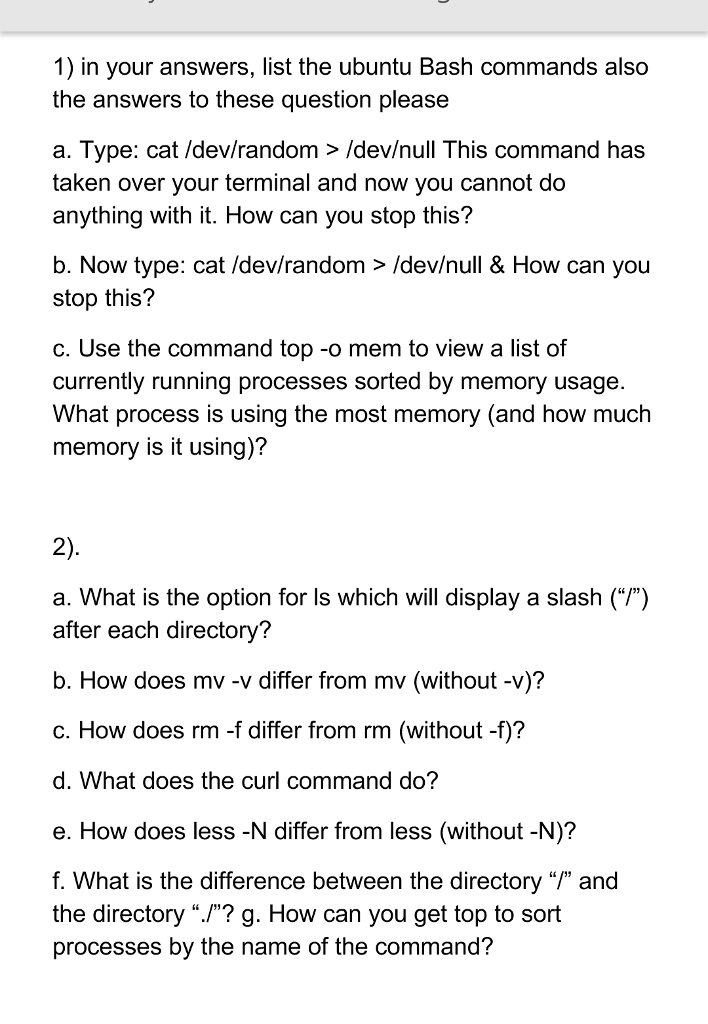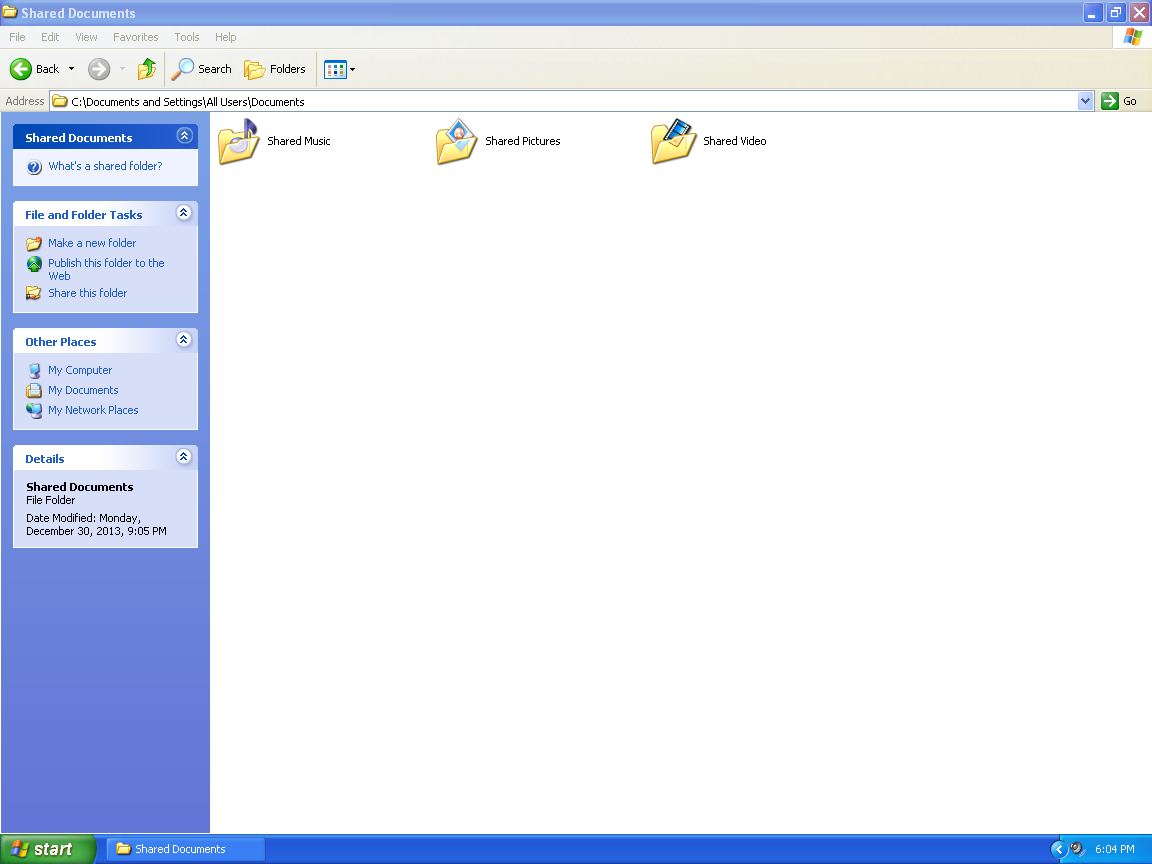Name
random, urandom - kernel random number source devices
Nov 14, 2005 /dev/random. It's not noticeable unless RANDLENGTH is largish. I was under the assumption that /dev/random was 'more random' than /dev/urandom, and that it would block if it ran out of entropy until it got more. Why am I seeing so many zeroes in my output? Your question is about the Unix devices /dev/random and /dev/urandom, not about C. การเขียนโปรแกรมสุ่มเลข หรือrandom ในภาษา c, c จะใช้ 2 function หลักๆคือ. Thiti.dev Search Learning Tool Profile @thiti.dev random ใน ภาษา c, c 16 November 2015. . Configuring the /dev/random driver under Linux. The /dev/random driver under Linux uses minor numbers 8 and 9 of. the /dev/mem major number (#1). So if your system does not have. /dev/random and /dev/urandom created already, they can be created. by using the commands:. mknod /dev/random c 1 8. mknod /dev/urandom c 1 9. The /dev/random device is a legacy interface which dates back to a time where the cryptographic primitives used in the implementation of /dev/urandom were not widely trusted. It will return random bytes only within the estimated number of bits of.
Synopsis
#include <linux/random.h>
int ioctl(fd, RNDrequest,param);
Description
The character special files /dev/random and /dev/urandom (present since Linux 1.3.30) provide an interface to the kernel's random numbergenerator. File /dev/random has major device number 1 and minor device number 8. File /dev/urandom has major device number 1 and minor devicenumber 9.

The random number generator gathers environmental noise from device drivers and other sources into an entropy pool. The generator also keeps an estimate ofthe number of bits of noise in the entropy pool. From this entropy pool random numbers are created.
If you've ever wanted to learn how to cook, this is the class for you! Download video from link online free.
When read, the /dev/random device will only return random bytes within the estimated number of bits of noise in the entropy pool. /dev/randomshould be suitable for uses that need very high quality randomness such as one-time pad or key generation. When the entropy pool is empty, reads from/dev/random will block until additional environmental noise is gathered.
A read from the /dev/urandom device will not block waiting for more entropy. As a result, if there is not sufficient entropy in the entropy pool, thereturned values are theoretically vulnerable to a cryptographic attack on the algorithms used by the driver. Knowledge of how to do this is not available inthe current unclassified literature, but it is theoretically possible that such an attack may exist. If this is a concern in your application, use/dev/random instead.
Read Before Posting!Posts should be made to inform or facilitate discussion. Adobe audition 3. Any post with the intent to self-promote, sell products or services, or are appeals for money / funding will most likely be removed.Do not post pictures of text here, they will be removed.
Writing to /dev/random or /dev/urandom will update the entropy pool with the data written, but this will not result in a higher entropy count.This means that it will impact the contents read from both files, but it will not make reads from /dev/random faster.
Usage
If you are unsure about whether you should use /dev/random or /dev/urandom, then probably you want to use the latter. As a general rule,/dev/urandom should be used for everything except long-lived GPG/SSL/SSH keys.If a seed file is saved across reboots as recommended below (all major Linux distributions have done this since 2000 at least), the output iscryptographically secure against attackers without local root access as soon as it is reloaded in the boot sequence, and perfectly adequate for networkencryption session keys. Since reads from /dev/random may block, users will usually want to open it in nonblocking mode (or perform a read withtimeout), and provide some sort of user notification if the desired entropy is not immediately available.
The kernel random-number generator is designed to produce a small amount of high-quality seed material to seed a cryptographic pseudo-random numbergenerator (CPRNG). It is designed for security, not speed, and is poorly suited to generating large amounts of random data. Users should be very economical inthe amount of seed material that they read from /dev/urandom (and /dev/random); unnecessarily reading large quantities of data from this devicewill have a negative impact on other users of the device.
The amount of seed material required to generate a cryptographic key equals the effective key size of the key. For example, a 3072-bit RSA or Diffie-Hellmanprivate key has an effective key size of 128 bits (it requires about 2^128 operations to break) so a key generator only needs 128 bits (16 bytes) of seedmaterial from /dev/random.
While some safety margin above that minimum is reasonable, as a guard against flaws in the CPRNG algorithm, no cryptographic primitive available today canhope to promise more than 256 bits of security, so if any program reads more than 256 bits (32 bytes) from the kernel random pool per invocation, or perreasonable reseed interval (not less than one minute), that should be taken as a sign that its cryptography is not skillfully implemented.
Configuration
- Dev Random C Test
- The following ioctl(2) requests are defined on file descriptors connected to either /dev/random or /dev/urandom. All requests performedwill interact with the input entropy pool impacting both /dev/random and /dev/urandom. The CAP_SYS_ADMIN capability is required for allrequests except RNDGETENTCNT.
- RNDGETENTCNT
- Retrieve the entropy count of the input pool, the contents will be the same as the entropy_avail file under proc. The result will be stored in theint pointed to by the argument.
- RNDADDTOENTCNT
- Increment or decrement the entropy count of the input pool by the value pointed to by the argument.
- RNDGETPOOL
- Removed in Linux 2.6.9.
- RNDADDENTROPY
- Add some additional entropy to the input pool, incrementing the entropy count. This differs from writing to /dev/random or /dev/urandom, whichonly adds some data but does not increment the entropy count. The following structure is used: struct rand_pool_info { int entropy_count; int buf_size; __u32 buf[0]; };
- RNDZAPENTCNT, RNDCLEARPOOL
- Zero the entropy count of all pools and add some system data (such as wall clock) to the pools.
The file poolsize gives the size of the entropy pool. The semantics of this file vary across kernel versions:
Linux 2.4:
This file gives the size of the entropy pool in bytes. Normally, this file will have the value 512, but it is writable, and can be changed to anyvalue for which an algorithm is available. The choices are 32, 64, 128, 256, 512, 1024, or 2048.
Linux 2.6:
Traktor scratch pro download windows 7. This file is read-only, and gives the size of the entropy pool in bits. It contains the value 4096.
Telecharger boot camp assistant machine. I want to get the drivers without having to reinstall Windows (at the beginning Mac gives you the BootCamp installation files as an exe but I can't find them anywhere online.).
 The file read_wakeup_threshold contains the number of bits of entropy required for waking up processes that sleep waiting for entropy from/dev/random. The default is 64. The file write_wakeup_threshold contains the number of bits of entropy below which we wake up processes that do aselect(2) or poll(2) for write access to /dev/random. These values can be changed by writing to the files.
The file read_wakeup_threshold contains the number of bits of entropy required for waking up processes that sleep waiting for entropy from/dev/random. The default is 64. The file write_wakeup_threshold contains the number of bits of entropy below which we wake up processes that do aselect(2) or poll(2) for write access to /dev/random. These values can be changed by writing to the files.The read-only files uuid and boot_id contain random strings like 6fd5a44b-35f4-4ad4-a9b9-6b9be13e1fe9. The former is generated afresh for eachread, the latter was generated once.
ioctl(2) interface
Here entropy_count is the value added to (or subtracted from) from the entropy count, and buf is the buffer of size buf_size which getsadded to the entropy pool.
Files
/dev/random
/dev/urandom
See Also
mknod(1)
RFC 1750, 'Randomness Recommendations for Security' Traktor pro 2.